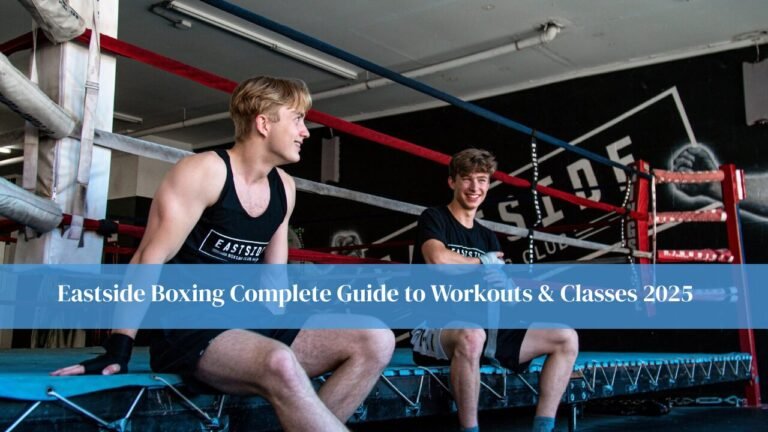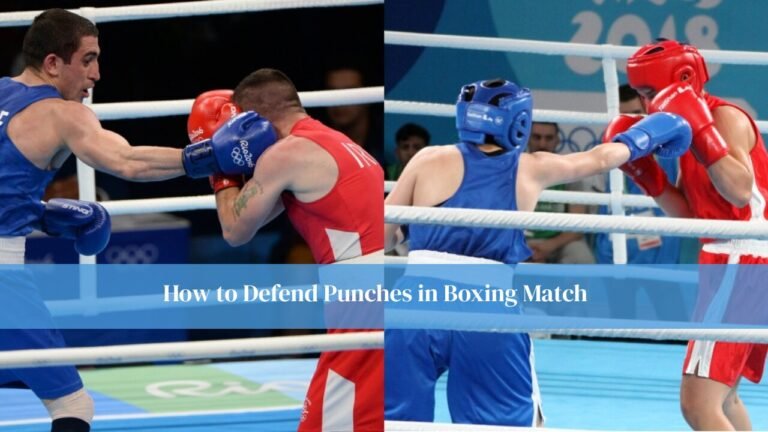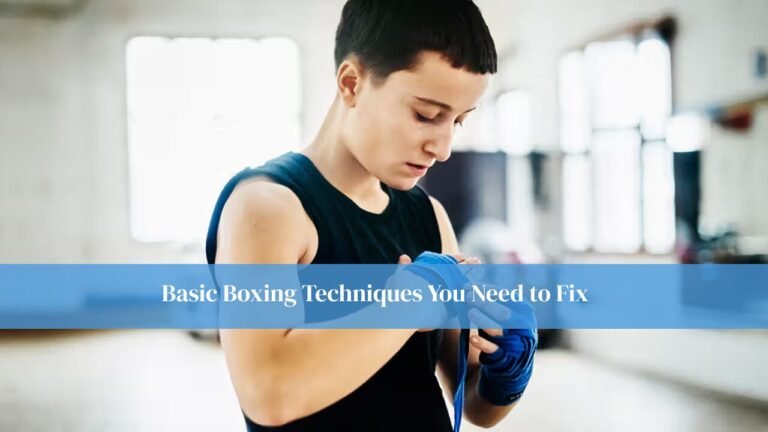Boxing, a sport as old as time, combines strength, speed, and strategy in every match. While the art of throwing and dodging punches remains at its core, the modern era has brought new concerns to the forefront particularly the safety of athletes. In an age of heightened awareness about concussions and brain health, boxing equipment has evolved to provide fighters with more protective options. One piece of gear that often sparks debate is the boxing headgear.
Does headgear genuinely protect fighters, or does it offer only a false sense of security? The answer is complex, involving sports science, athlete experience, and safety regulations. Let’s break down the facts, guided by expert insights, studies, and the lived experiences of boxers.
Does Headgear Help in Boxing
At its core, boxing headgear is designed for one purpose: protection. It cushions blows, reduces the risk of cuts and bruises, and, ideally, lowers the likelihood of serious injuries like concussions. But its effectiveness is often questioned — not because it fails entirely, but because its protective benefits have limits.
Sports medicine experts generally agree that headgear is excellent for preventing superficial injuries such as facial cuts and swelling. However, its role in reducing concussions is less clear. The padding absorbs and redistributes force, but it can’t completely stop the brain from moving inside the skull upon impact. That’s why some boxers and trainers argue that headgear should be part of a broader safety strategy, not the only line of defense.
Types of Boxing Headgear
When it comes to boxing, headgear is more than just an accessory it’s a fundamental safety tool for fighters in both training and competition. While the rules differ across amateur and professional bouts, athletes often use headgear in sparring to preserve both their health and career longevity.
The differences between types of headgear come down to purpose, design, and protection level. Understanding these distinctions can help boxers, coaches, and even fitness enthusiasts choose the right headgear for their goals.
Competition Headgear
Competition headgear is designed for amateur boxing matches where regulations require its use. Its streamlined, lightweight design prioritizes mobility and vision. By reducing bulk, it ensures that boxers can move freely, react quickly, and maintain situational awareness in the ring. While it offers less padding than sparring headgear, its main purpose is to prevent cuts and reduce cosmetic injuries without hindering performance.
Sparring Headgear
Sparring headgear is thicker and more cushioned, tailored to intensive training sessions. Its extra padding distributes impact more effectively, minimizing the risk of concussions and facial injuries during practice. For professional fighters, sparring headgear plays a crucial role in preserving long-term health — it allows for intense practice without the unnecessary damage that could accumulate over time.
Open-Face Headgear
Open-face headgear protects the skull and sides of the head but leaves the face exposed. Its design maximizes visibility, making it a popular choice for athletes who prioritize awareness of incoming punches. The trade-off is that the nose, mouth, and cheeks remain vulnerable, requiring better defensive skills to avoid facial injuries.
Full-Face Headgear
Full-face headgear offers maximum coverage, shielding the forehead, temples, cheeks, chin, and sometimes the nose. This style is especially useful for intense sparring sessions where the risk of hard shots to the face is high. It helps prevent cuts and swelling, which can be important for fighters who want to avoid injury-related delays before competition.
How Headgear Protects
In boxing a sport where impact is inevitable headgear plays a key role in risk reduction. Its protective effects are achieved through several mechanisms that work together to make training and competition safer.
Shock Absorption
The most important function of headgear is absorbing and dispersing shock. Multi-layer foam padding or gel inserts spread the force of a punch across a wider area, reducing the peak impact on any single point. While this doesn’t completely prevent concussions, it does reduce the likelihood of severe trauma from lighter and medium-impact blows.
Preventing Cuts and Bruises
The skin on the face and head is thin and prone to tearing upon impact. Without protection, even glancing punches can cause cuts, swelling, and bruises that require medical attention. Headgear acts as a physical barrier, softening the blow and reducing the risk of surface-level injuries. This not only protects appearance but also prevents injuries that could sideline a boxer before a scheduled fight.
Coverage Area
Protection varies depending on how much of the head the gear covers. Open-face designs offer a wider field of vision but leave certain areas exposed, while full-face models prioritize comprehensive coverage. Choosing between the two often comes down to balancing visibility and protection based on the boxer’s style and training goals.
Choosing the Right Headgear
Selecting the right headgear is a decision that blends comfort, safety, and performance. The wrong choice can compromise both protection and fighting ability, so it’s worth taking the time to evaluate different options.
Fit and Comfort
A secure fit is non-negotiable. Headgear should stay firmly in place without slipping during movement but should never feel uncomfortably tight. Many high-quality models feature adjustable straps and chin fasteners to customize the fit. Poorly fitted headgear can shift during a bout, leaving key areas exposed or obstructing vision — both of which can be dangerous.
Visibility
Peripheral vision is essential in boxing. If headgear obstructs sight lines, a boxer is more likely to get caught off guard by punches from the side. That’s why elite fighters often choose models that offer a clear view without excessive padding in the cheek or temple areas.
Weight
Weight influences both speed and endurance. Heavier headgear provides more padding but can lead to faster fatigue, while lighter headgear improves mobility at the potential cost of reduced protection. Finding the right balance is a matter of personal preference and training style.
Training With Headgear
The decision to train with or without headgear often depends on a boxer’s experience level, competition rules, and personal safety priorities.
Extra Protection in Sparring
Many boxers especially those in the early stages of their careers — wear headgear during sparring for added safety. It allows them to train harder without worrying as much about cuts, swelling, or accidental head clashes. For athletes juggling boxing with public appearances or other professional commitments, this extra layer of protection is invaluable.
Preparing for Competition Conditions
On the other hand, some fighters train without headgear to mimic competition conditions particularly if their matches take place in leagues where headgear is not mandatory. This approach improves adaptability, reaction speed, and awareness, helping boxers get used to the feel of open fighting.
Expert Opinions and Studies
Research from sports science institutions has shown that while headgear does reduce superficial injuries, its effect on preventing concussions is limited. The reason lies in the mechanics of brain injury: even with padding, the brain can still shift inside the skull upon impact.
The International Boxing Association (AIBA) even removed headgear from certain men’s amateur competitions in 2013, citing studies that suggested fighters without headgear experienced fewer concussions possibly because they were more cautious and sustained fewer repeated blows to the head.
Still, many trainers maintain that headgear remains essential for long-term training safety, especially in the early development of fighters.
Conclusion
The question of whether headgear helps in boxing isn’t black and white. It absolutely offers protection against cuts, bruises, and some blunt-force impacts making it essential in sparring and amateur competition. However, it’s not a guaranteed shield against concussions or brain injuries.
The key lies in choosing the right type, ensuring a proper fit, and using it strategically within a broader safety plan that includes defensive skills, proper technique, and smart training practices.
Ultimately, the best protection in boxing still comes from a combination of skill, awareness, and avoiding unnecessary hits. Headgear is a valuable tool but in the end, it’s just one piece of the safety puzzle.
FAQs
Can wearing headgear prevent a knockout?
Wearing headgear can reduce the impact of hits to some extent, but it cannot completely prevent a knockout if the force of the punch is strong enough.
Is headgear mandatory in all boxing matches?
Headgear is mandatory in amateur boxing competitions but is not used in professional fights.
Does headgear impair hearing during a match?
While some headgear may slightly muffle sound, most are designed to allow boxers to hear their coach and referee.
Related Post:




